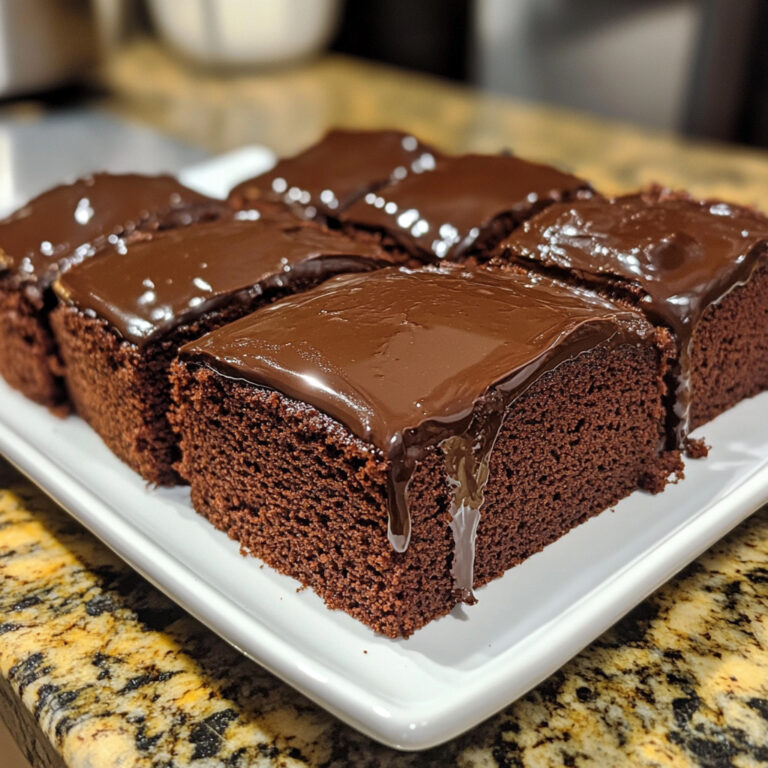Refreshing Frozen Fruit Salad: A Cool Treat for Any Occasion
Refreshing frozen fruit salad is a delightful and healthy option for any occasion. It combines the convenience of frozen fruits with a burst of refreshing flavor, making it a perfect dish for warm weather or as a light dessert. Read on to discover how to create this versatile salad using simple ingredients and tips for enhancing its taste and presentation.
The process is straightforward, allowing anyone to mix and match their favorite fruits. Using frozen fruit not only saves time but also ensures that the salad retains its vibrant color and nutritional benefits. This combination can be a crowd-pleaser at gatherings, barbecues, or as a quick snack.
In addition to its delicious taste, this salad can be easily customized for personal preferences or dietary restrictions. Whether adding a splash of citrus juice, a sprinkle of mint, or a drizzle of honey, the possibilities are endless.
History of Frozen Fruit Salad
Frozen fruit salad has a rich history, evolving from simple preservation methods to a popular dish enjoyed by many. This section explores its origins and the trends that have shaped its popularity over the years.
Origins and Evolution
The concept of freezing fruits can be traced back centuries. Early methods included using ice harvested from lakes and rivers to preserve perishable items. By the mid-20th century, advancements in refrigeration and freezing technology made it easier to store fruits for extended periods.
Frozen fruit salad gained traction in American households during the 1960s and 1970s, partly due to the rise of convenience foods. Families began mixing frozen fruit with marshmallows, whipped cream, and other ingredients, leading to creative variations. The dish’s versatility and ease of preparation contributed to its appeal.
Popularity Trends
During the late 20th century, health trends began influencing food choices. As people became more health-conscious, frozen fruit salad offered a nutritious dessert option. The dish’s combination of natural sweetness and refreshing qualities resonated with those seeking lighter fare.
In recent years, interest in clean eating and plant-based diets has further propelled the popularity of frozen fruit salad. Many individuals now experiment with different fruits, adding them to smoothies or serving them as a frozen treat. Seasonal variations and gourmet takes have also emerged, transforming this classic dish into a modern favorite.
Selecting the Best Fruits
When creating a refreshing frozen fruit salad, choosing the right fruits is essential. Seasonal availability and fruit quality greatly influence taste and texture.
Seasonal Fruits Guide
Selecting fruits in season enhances flavor and freshness. Seasonal fruits vary by region, but some common options include:
- Spring: Strawberries, cherries, and apricots
- Summer: Peaches, blueberries, and watermelons
- Fall: Apples, pears, and figs
- Winter: Citrus fruits such as oranges, grapefruits, and kiwis
Fruits picked at their peak often have the best sweetness and juiciness. Local farmers’ markets can be excellent sources for in-season produce. Additionally, investing in organic varieties can provide richer flavor profiles.
Quality and Ripeness Indicators
To ensure fruits are of high quality, one should consider visual and tactile cues. Here are vital indicators:
- Color: Fruits should display vibrant colors without blemishes.
- Texture: Ripe fruits yield slightly to pressure but should not feel mushy.
- Aroma: A sweet, fragrant smell often indicates ripeness.
Inspecting for firmness and avoiding overripe options is essential. For example, bananas should have a yellow peel, while peaches should have a fragrant scent. Choosing quality fruits directly affects the final taste of the salad, enhancing the overall experience.
Preparation Techniques
Proper preparation ensures that frozen fruit salad retains its flavor and texture. Techniques for cutting fruit and choosing freezing methods are essential for optimal results.
Cutting and Slicing
Start by selecting fresh, ripe fruits for the salad. Depending on the fruit type, wash thoroughly and remove any peels, seeds, or pits.
Common fruits and their cutting techniques:
- Berries: Whole or halved.
- Melon: Remove seeds, slice into wedges, then dice.
- Bananas: Slice into uniform rounds for even freezing.
Aim for uniform sizes to promote even freezing and thawing.
Use a sharp knife to prevent squishing delicate fruit during cutting. For larger fruits, such as apples or pears, a mandoline can ensure consistent slices.
After cutting, place the fruit in a bowl and mix gently to combine flavors.
Freezing Methods
Freezing fruit requires specific methods to avoid freezer burn and preserve quality. The two main techniques include flash freezing and freezer bagging.
Flash Freezing:
- Spread the cut fruit in a single layer on a baking sheet.
- Place the sheet in the freezer until the fruit is completely frozen.
- Once frozen, transfer to airtight containers or freezer bags.
Freezer Bagging:
- Portion the fruit into bags or containers.
- Remove excess air to avoid freezer burn.
- Label with the date and type of fruit for easy identification.
Using these methods ensures that the fruit salad maintains texture and taste when served later. Properly prepared fruit can last several months in the freezer.
Recipe Variations
There are numerous ways to customize frozen fruit salad to suit personal preferences. By experimenting with different combinations of fruits and ingredients, one can create unique and delightful variations. Below are two categories to explore: classic mixes and creative combinations.

Classic Mixes
Classic fruit salad combinations feature familiar fruits that many enjoy. A typical blend might include:
- Strawberries
- Blueberries
- Bananas
- Pineapple
- Melon
This combination offers a balance of sweetness and tartness. For added flavor, one could include a drizzle of honey or a sprinkle of lime juice. Mixing different textures, such as the crunch of apples and the softness of bananas, enhances the overall eating experience.
For a more traditional approach, consider adding a dollop of yogurt or whipped cream. This addition provides creaminess that complements the fresh fruit flavors, making it a crowd-pleaser for gatherings.
Creative Combinations
Experimenting with unexpected ingredients can result in exciting new flavors. Some creative options include:
- Kiwi and Mango: These tropical fruits add a vibrant color and unique taste.
- Coconut Flakes: Adding these can introduce a chewy texture and a hint of the tropics.
- Mint Leaves: Including fresh mint can elevate the dish with a refreshing note.
For a twist, try incorporating citrus fruits like grapefruit or blood oranges for a burst of acidity. Mixing in nuts, such as almonds or walnuts, can provide crunch and protein.
These variations can cater to diverse palates, ensuring that everyone finds something they enjoy in their frozen fruit salad.







